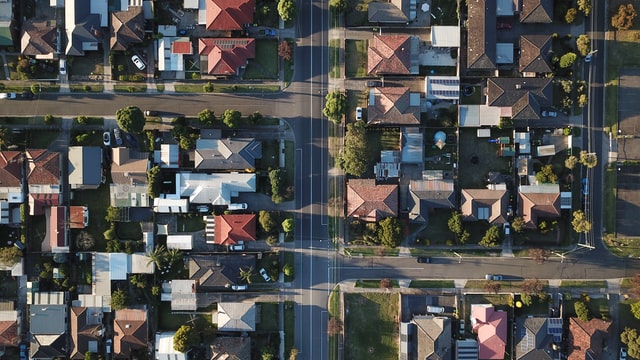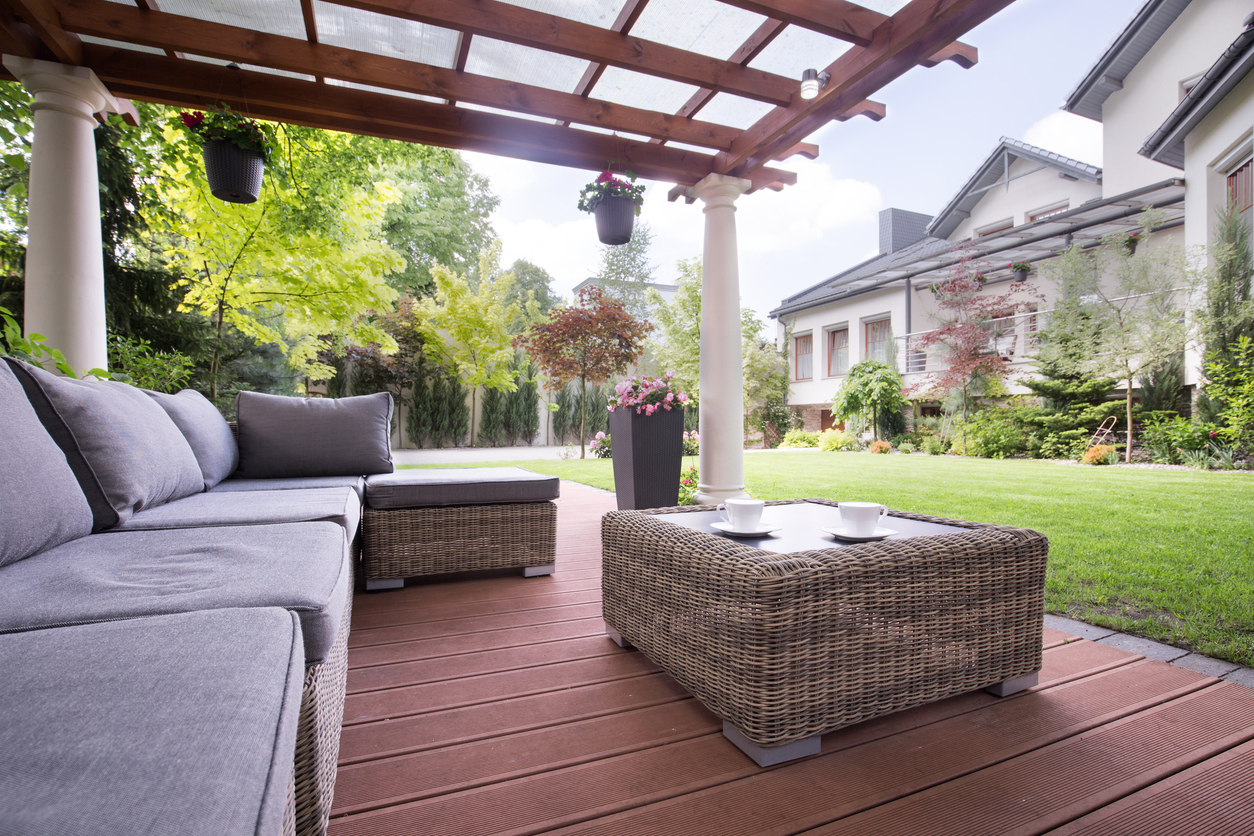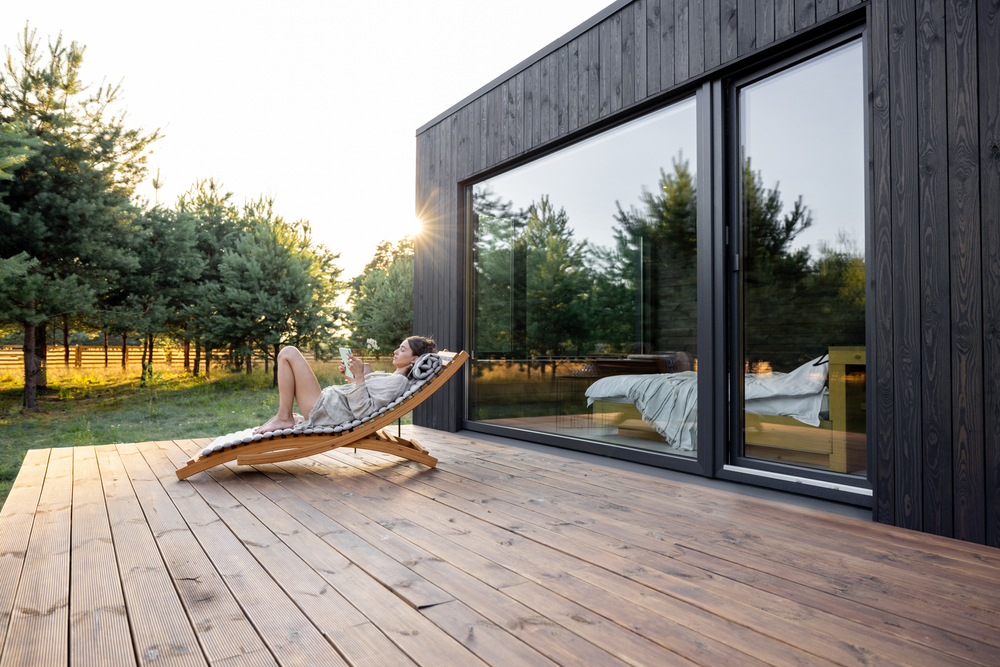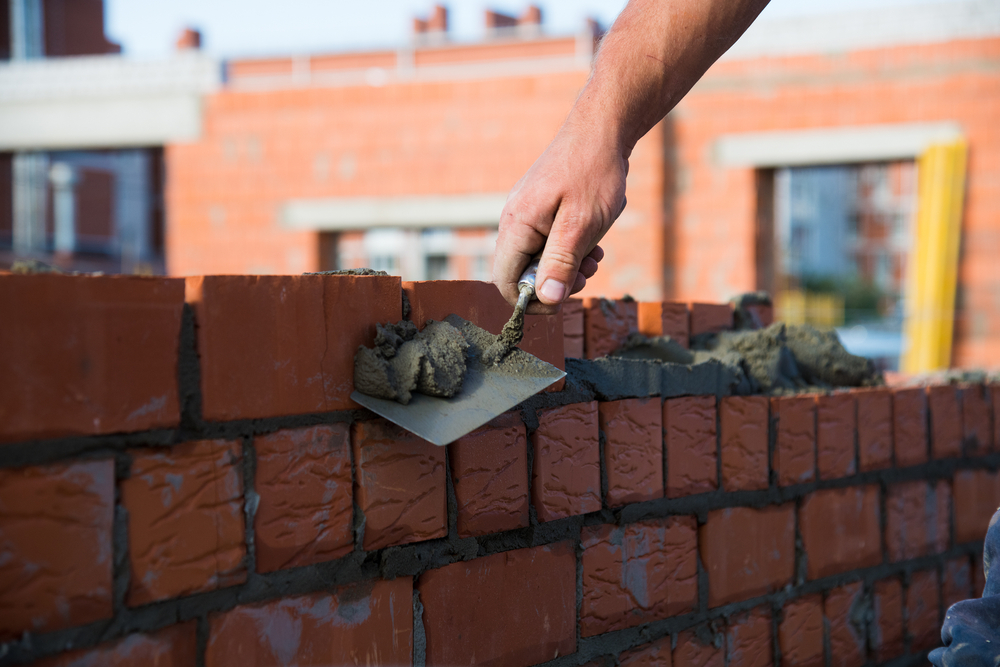Key Findings
- There are an estimated 1.5 million Accessory Dwelling Units (ADUs) in the United States, making up roughly 2% of all homes in the country
- ADUs are growing at a rate of 9%, or 100,000 per year
- An average cost of an ADU is $180,000, or $260 per square foot
- In America’s biggest cities, a home with an ADU is priced 35% higher on average than a home without one
- The top states for ADUs are California (30%), Florida (12%), Texas (10%) and Georgia (5%)
- The cities with the most ADUs are Los Angeles (12%), Portland (4%) and Houston (3%)
- ADU sale listings are growing fastest in Portland (+23%), Dallas (+19%), and Seattle (+18%)
—
Whether you call them granny flats, in-law suites, or garage apartments– accessory dwelling units (“ADUs”) are on the rise. There are an estimated 1.4 million of them in the United States, with around 110,000 constructed in the last year alone.
In 2020, ADUs were often heralded as one answer to the growing housing affordability crisis. Their proponents argue that ADUs offer an opportunity for homeowners to make extra income, for young people to rent affordably, and for communities to grow slowly and sustainably.
But then the pandemic came and changed everything, and hardly for the better. So where did that leave ADUs in 2021?
—
What Is an ADU, Exactly?

In specific terms, an ADU is a secondary, generally smaller, livable unit on a property that can either be attached to the main unit, like a loft conversion or a garage apartment, or detached from it, like a granny flat or a guest cottage.
ADUs have been gaining notoriety in light of the various states and cities passing legislation impacting their legality, as well as from the rise of private companies specializing in ADU installation and design.
Likely due to the pandemic, the number of ADU permits is somewhat slowing down in cities like Portland or Los Angeles, but more Americans are still searching for ADUs online than ever before, according to Google Trends.
—
How Much Do ADUs Cost?
The cost of an ADU remains an elusive figure. Specialist ADU sites and advocacy groups tend to state the range at between $150,000 and $400,000, depending on the size, quality of materials, complexity of the project, the local contractor rates, and more.
“…locations with ADUs in big cities are priced 35% higher than units without one.”
A 2017 University of Berkely study finds that ADUs in Portland and Seattle cost $156,000. More recent figures from BuildingAnADU—a site run by a blogger turned ADU advocate from Portland—suggest an average cost of around $180,000, or around $260 per square foot.
In another ADU hub—Austin, TX—constructing an accessory unit will cost you between $125,000 and $300,000, according to Texas ADU builders.
And then there’s California. Maxable, a service that helps property owners plan, hire, and manage their ADU project throughout California, claims that in the southern part of the state, an ADU costs between $95,000 and $330,000. In the San Francisco Bay Area, ADU prices range from $149,000 to $400,000.
That seems like a lot of money (and it is!), but it is worth bearing in mind that single-family homes in these highly desirable areas can cost between two to four times greater.
While these estimates appear somewhat high, you should definitely be skeptical towards any advice suggesting you can build your own ADU for $20,000 to $50,000. Maxable has a handy explainer on why such low estimates of ADU cost are likely too good to be true.
—
How Big Do ADUs Tend to Be?
Apart from the constraint of having enough space on the property to build a second unit, there are often legal limits for how large ADUs may be built. Still, between garage apartments, basement conversions, and completely standalone units, sizes of ADUs tend to vary.
According to Maxable, California’s leading granny flat educators, detached units tend to run between 550 and 1200 square feet.
Portland’s BuildingAnADU.org, an ADU advocacy group and ADU developer, reports similar figures. Garage apartments are usually around 400 feet, basement units are often as large as 676 square feet, and the square footage of fully detached units comes to an estimated 694 square feet.
—
What’s Driving the ADU Movement?
What are some of the forces propelling ADUs into the real estate market ?
First of all, there’s housing affordability, or rather, lack thereof.
Rents continue to rise nationwide, growing 7.5% year-over-year in June 2021, according to CoreLogic. The Financial Times highlights that home prices in the 20 biggest U.S. cities are growing at twice that rate, at 15% year-over-year.
At the same time, the Washington Post reports the decline in entry-level homes, especially in the urban areas of states on the West Coast. ADUs appear to be a direct result of these trends.
The second force is the rise of multi-generational living. A recent New York Times article suggests that the trend of multiple generations of families living together has become increasingly common due to the pandemic (though this trend has been in the works for years).
But it’s not just families choosing to buy bigger homes for their parents, children, and grandparents to live under the same roof. The final driver of ADUs is the recent economic downturn brought upon by the pandemic. A recent Pew Research study finds that the majority (52%) of young American adults aged 18-29 are living with their parents.
Older Americans are also now more likely to live with their grown children instead of on their own, or in a care facility. The costs associated with having a place of their own or being in residential care are increasingly insurmountable for the older generation.
—
How Popular Really Are ADUs?
Based on the estimates from a study by the mortgage lender Freddie Mac, there are 1.4 million homes with an ADU in the United States in 2019. This number includes both attached and detached units, and takes into account ADUs built both with permission and illegally.
Despite these numbers, they’re still rare. Compared to American housing stock figures from the most recent American Housing Survey, this makes up only 2% of all single-family homes in the country.
This number is consistent with our own analysis of sales listings in America’s 500 biggest cities. Of the 348,099 homes for sale, 4,307 or about 1.2% had an ADU, roughly one in every 81 homes.
The total number of ADUs in America may be small, but according to Freddie Mac, ADUs have been growing at a rate of 8.6% per year between 2009 and 2019, which means an average of 78,000 new ADUs have been added each year.
Projecting this rate onto 2020 would mean that 120,000 new ADUs were built in the last year alone, putting the total at over 1.5 million units.
Worth bearing in mind that the ADU figures quoted above are taken from home sales listings, which is to say the real number of ADUs in the United States is likely significantly higher.
—
Where Are ADUs Most Popular?
Echoing the findings of previous studies and the general media buzz, our research shows that over half of ADUs in the United States are in these four Sun Belt states: California (30%), Florida (12%), Texas (10%), and Georgia (5%).
It’s worth noting that even though California is by far the leader in ADU construction, Oregon has a higher proportion of homes with ADUs in sales listings. In Oregon, nearly one in 20 listings has an ADU (4.8%), while in California, that ratio is closer to one in 25 (3.9%).
At the city level, the runaway national winner is Los Angeles, which has 12% of all the active sales listings of properties with an ADU across America’s 500 biggest cities. In second place, it’s Portland, Oregon, with 4% of the nation’s ADU homes for sale.
ADUs have been legal in Portland for some time and are, as of recently, legal in all of Oregon. The Freddie Mac study also notes that ADUs in Portland metro were growing at an astounding rate of 22% a year between 2015-2018—the fastest rate of all metros in the U.S.
Where else are ADUs most common and growing fast? Check our interactive chart and find out.
—
Which Americans Are Building ADUs?
Like the precise number of accessory dwelling units, the demographics of ADU enthusiasts are tricky to pinpoint. A 2018 survey of ADU owners in Portland found that 60% of ADU builders are aged 45 and above, with the gender split roughly 50-50.
Last year’s study by the Los Angeles Center for Community Innovation indicated that 70% of ADUs in the city were built on single-family zoned lots, from which we may conclude that in all likelihood, ADU owner demographics aren’t too dissimilar to those of homeowners versus renters.
ADU builders are likely to be older, have kids, have somewhat higher incomes, and live in suburban areas.
—
Does an ADU Add Value to Your Home?
The short answer is yes– they definitely do.
Our analysis of ADU listings in the biggest cities in the U.S. shows that locations in big cities with ADUs are priced 35% higher than units without one.
Cities where the price differences are highest are Savannah, GA and Cleveland, OH, where among homes on sale, those that have an ADU cost three times more than a typical home.
Besides these two, there are an additional 21 cities where listings that have an ADU are priced at least twice as high as regular listings of homes for sale. Chief among them are Stamford, CT, Houston, TX, Phoenix, AZ, Louisville, KY, and Orlando, FL.
Just like with many rules, there are exceptions. There are a handful of cities where homes with ADUs are cheaper than regular homes.
The most notable exceptions are Long Beach, CA and Miami, where ADU-equipped homes are around 2-3% cheaper than regular homes for sale. That’s likely due to the fact that homes on sale in these highly desirable places tend to be very expensive and luxurious. Whereas homes with ADUs are more likely to be simpler, single-family homes that don’t necessarily reach the same price levels.
—
Can ADUs Solve the Housing Affordability Problem?
Being generally smaller and therefore cheaper to build, ADUs can provide an affordable alternative to young people looking to buy or rent their first home. Equally, it’s an opportunity for families to live close to each other without crowding a singular housing unit.
ADUs are also a way for homeowners to rent out parts of their homes to get some supplemental income. Empty-nesters, for example, can use an ADU as a place to live while renting out the larger home.
Another benefit of ADUs is having more space for family members, be it for aging grandparents wishing to stay close with their family, or young adults who, for broader socio-economic reasons aren’t able to move out on their own.
Yet while it’s a move in the right direction, without centralized investment or a push for construction of ADUs, mere granny flats and in-law suites are unlikely to cover the economic gap stemming from the high demand and low supply of affordable housing.
—
Should I Consider Building an ADU?
If you’re considering adding an ADU to your home, please consider the legality of adding such a structure in the city and state where you live. There isn’t a single comprehensive resource on local legislation, but this guide by Accessory Dwellings is a good place to start Chances are, you’re going to need a permit, so check with the relevant authorities responsible for zoning and planning.
If you’re already planning your ADU, we at Porch would be happy to help you find skilled and reliable contractors in your area to help with your building addition project.
—
Sources and Methodology
To determine how much value ADUs add, we scoured sales listings of 500 biggest cities in the U.S. on Trulia, a licensed real estate brokerage, and compared the prices of listings with an ADU with the median price for each city. We used keywords like “ADU”, “Garage Apartment”, “In-Law Suite” to isolate the listings with ADUs. The data was gathered in August 2021.
—
Image Credits
First image by Tom Rumble on Unsplash
Second image by Danielle Rice on Unsplash




